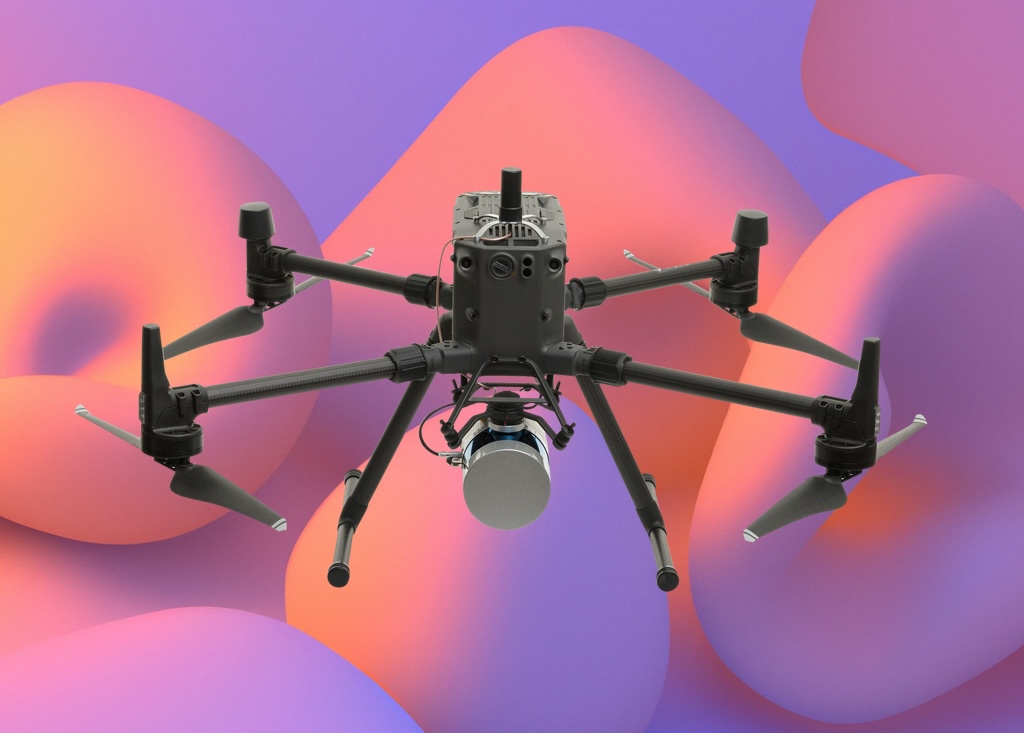
Precision Mapping with LiDAR
In the dynamic landscape of geospatial technology, Precision Mapping with LiDAR has emerged as a game-changer. LiDAR technology provides unparalleled precision in mapping and topographical analysis, offering a wealth of opportunities for diverse industries. In this blog post, we’ll explore how Precision Mapping with LiDAR can revolutionize the way we perceive and interact with geospatial data.
Understanding LiDAR’s Precision Advantage
LiDAR technology utilizes laser beams to measure distances and create highly detailed 3D maps of the Earth’s surface. This precision makes it an invaluable tool for various applications, including environmental assessment, infrastructure planning, and urban development. The accuracy of LiDAR data ensures that the resulting maps reflect the real-world terrain with exceptional fidelity.
The Power of Dynamic Elevation Profiles
One compelling application of dynamic components is the creation of elevation profiles. Users can interactively select a path on a LiDAR map, and a dynamic elevation profile will dynamically generate, showcasing the elevation changes along the chosen route. This feature is invaluable for industries such as civil engineering, where understanding terrain variations is critical for infrastructure projects.
Real-Time Terrain Simulation with 3D Components
Imagine being able to simulate the terrain of a proposed construction site in real-time. Dynamic 3D components allow users to manipulate LiDAR data and visualize how the landscape would look after alterations. This capability is invaluable for urban planners, architects, and environmental scientists, enabling them to assess the impact of proposed changes on the surrounding environment.